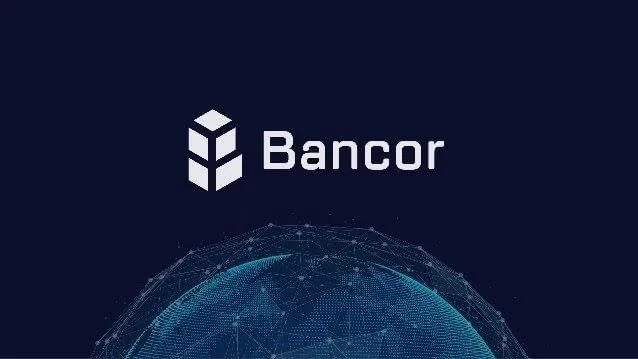
Bancor is a software that aims to incentivize users to lock crypto assets in pools in exchange for a share of the fees paid when they are bought and sold by traders.
In this way, Bancor is attempting to facilitate the operation of what’s called an automated market maker (AMM), an established mechanism designed to provide liquidity to markets, but without requiring a financial institution to manage it directly.
Put simply, AMMs like Bancor is aiming to make more niche crypto-asset markets more liquid by offering incentives for users to create and maintain pools of assets.
Whenever a trade is executed on its platform, tokens are converted into BNT as an intermediate step. The liquidity providers who deposited the assets then generate a return from their funds as a percentage of the fees paid by traders.
While this may sound similar to other popular DeFi platforms, like Balancer or Uniswap, Bancor is built to facilitate its service across both EOS and Ethereum. Further, more blockchains could be made compatible with its platform in the future.
Bancor is also one of the more established AMMs, having launched in 2017 when platforms leveraging multiple cryptocurrencies were less common than they are today.
Of note, the platform underwent a major overhaul in 2020. The latest version, Bancor V2, touts improvements for traders and users who lock up tokens on the platform.
Who Created Bancor?
Bancor was co-founded by Guy and Galia Benartzi, and notable investors in the project include Tim Draper, a partner in the investment firm Draper Fisher Jurvetson.
The project raised $153 million in a 2017 token sale managed by a Swiss non-profit called the Bprotocol Foundation. In total, funding was raised from nearly 11,000 investors, making it the largest sale of its kind at the time.
Half the tokens were to be distributed to token sale participants, while the rest would be given to the founding team for various operating budgets and grant programs.
How Does Bancor Work?
To automate its AMM service, Bancor aims to incentivize users to deposit assets into pools. Each pool consists of a pair of tokens and a reserve of BNT cryptocurrency.
When a user deposits coins in a pool, they receive a new token in return. This token is known as a pool token, and it allows the user to retrieve the original amount they locked in the protocol.
BNT tokens are used as an intermediary currency when each token is traded.
Of note, Bancor allows users to lock a single token in one of its pools (as opposed to a pair). On other AMMs, for example, a user might be asked to lock up pairs of tokens in certain proportions to one another, in order to access the pool.
In a pool consisting of ETH and DAI on Bancor, a user could deposit only ETH or DAI. On Uniswap, as an alternative, a user would have to deposit both ETH and DAI.
However, users must also deposit BNT into any Bancor pool.
Oracles
Bancor V2 claims to solve this through a solution known as an “oracle,” designed to relay a price from an external source into an existing system.
Using this service, Bancor’s pools automatically adjust the proportion of tokens relative to their prices, thus allowing a liquidity provider to withdraw the same value of tokens they deposited.
Source: https://www.kraken.com/en-us/learn/what-is-bancor-bnt/

Comments